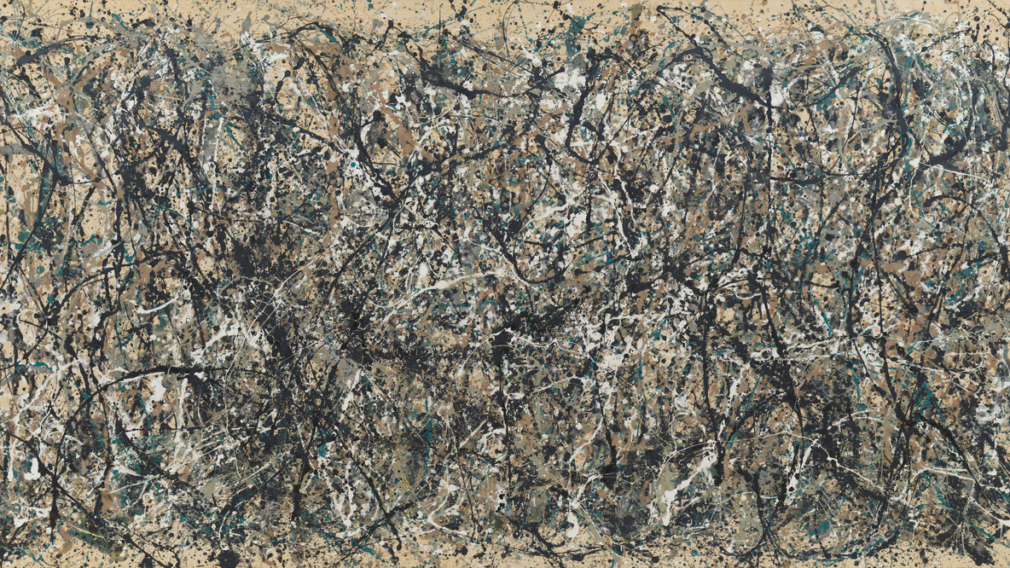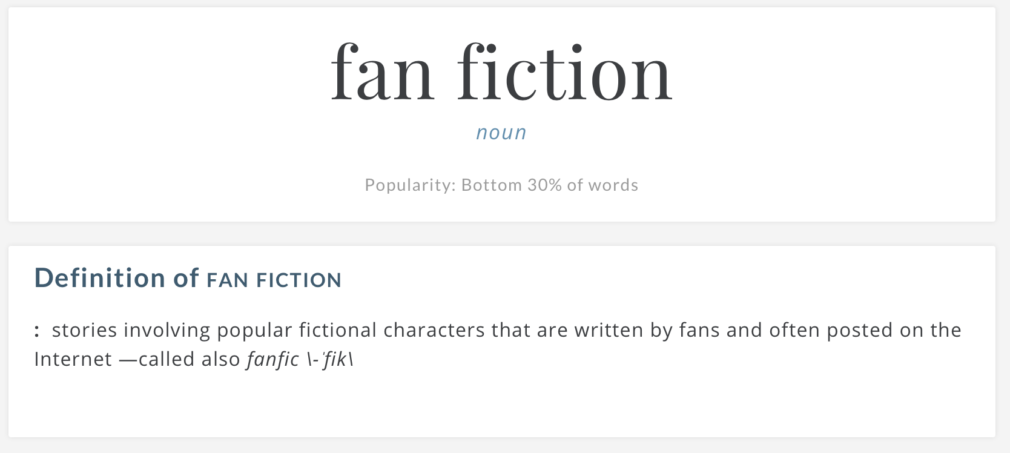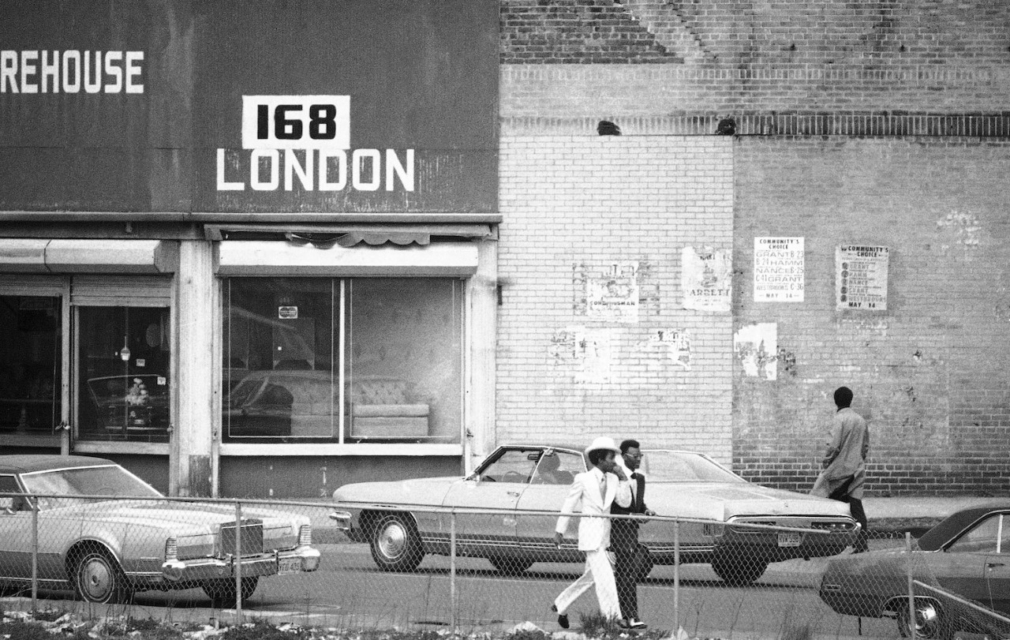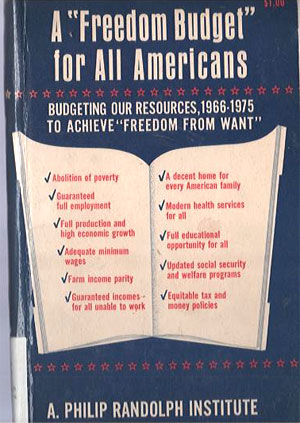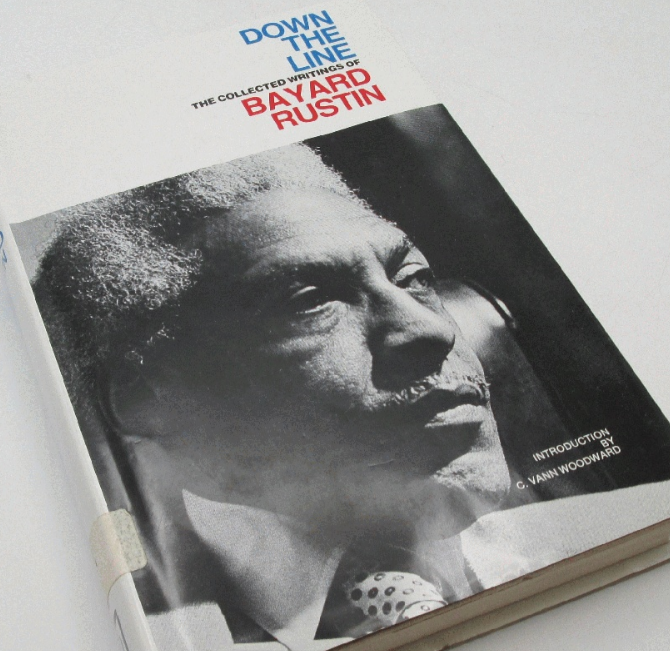I want to say that this tradition of implausible explanations helps us to see why poetry might be a powerful place to think about the problem of historical change: because poems seem like storehouses of precisely the kinds of action that are hard to see as already legible. They “elude foresight utterly,” and are “occulted from most present sight.” They are a site of action in which the third-person category of meaningful action is encountered where it always and everywhere undertaken: in a resolutely first person form.
This is what Kenner calls the Gulliver game, embodied in its purest form in the Turing game, which identifies what it is to be human with the ability to produce the Goodmanian letters and spaces that would look just like the letters and spaces a human would produce, thereby making the computer indistinguishable from the human. The computer (and here he anticipates John Searle’s Chinese Room argument, which makes sense since Goodman’s idea of a text is a syntax independent of any semantics) is the most advanced player in the you’re not allowed to understand what you’re talking about game.
On the one hand, the eruption of materiality into the representational artwork so vividly illustrated by the Hartpence story will put modernism into motion—it will be “the exact place … modern art began.” On the other, the totalization of this materiality will threaten, as we’re beginning to see, to spell modernism’s end.
BY Todd Cronan
So if it is the case that, as Anscombe says, “I do what happens,” then Kenner’s project is to explore a mode of artistic production that hinges precisely on the point where what happens purposefully occludes what someone is doing. Kenner describes the “principal component” of Eliot’s dramatic method as “his unemphatic use of a structure of incidents in which one is not really expected to believe.” In other words, he builds a counterfeit world for his characters. When we come to categorically not believe what is happening, we begin to think about what they might be doing, “thus throwing attention on to the invisible drama of volition and vocation. The plot provides, almost playfully, external and stageable points of reference for this essentially interior drama.”
Even for a reader who cares not a whit about Emily Hale the historical person, the letters, in pointing out sources and underscoring potential autobiographical readings, further point to the fictional nature of Eliotic impersonality. It is both a fiction in being impossible (i.e., a poet can’t write something and truly divorce the writing from the life) but it’s also a fiction-making process, because it mirrors the creation of narrative fiction, where an author imagines works not confined by real events. Kenner’s “invisible” poet is a product and author of fiction.
:: your message is of ordinary length :: so you may be assured of its delivery within the year :: providing we have not so bad a mud season as may depress the mules
Abbas sees this musical Brecht as offering a fuller means of accessing the nature of fascism, an account that necessarily draws together “war, capital, and colony,” but also “patriarchy,” “supremacism” and the “colonializing … discourse of the expert,” what she also calls “knowledge systems of colonial and capitalist modernity.” Abbas warns the reader against the urge to “separate” these terms as these “systems are contained within each other,” so that for Abbas, addressing one is addressing the others. This is, I argue, a classically “inaccurate” picture of capitalism.
This essay traces the political development of black urban professionals and managers from the urban renewal era to the early period of federal devolution and privatization in the 1970s and 1980s. These periods are the foundation by which “generations” of black urban regimes have been generated. The staying power of black political entrepreneurs results from their capacity for populating, activating, and contracting black-led organizations in the nonprofit sector, which has allowed them to adjust to fiscal retrenchment and subsequent privatization. Black mayors have channeled demands for investment in public goods into contracts for black-led nonprofits and bootstrap social programs. In particular, the housing and community development field has allowed black political aspirants to cement ties to the real estate industry which plays an outsize role in postindustrial urban economies.
Rustin saw politics through a concrete, strategic lens, which provided a perspective that has become increasingly remote from both academic and activist experience. Indeed, as demonstrated in the essays selected here, he explicitly rejected the moralistic discourse that he saw undergirding much of Black Power and New Left politics, as well as the tendency to reduce the sources of inequality to psychologistic factors like prejudice, discrimination, or a generic racism.
Black capitalism is endorsed not only by Roy Innis of CORE but by President Nixon and various corporate interests. It does not cost much, and it leaves ghettos intact. The vast majority of black people, of course, are not capitalists and never will be, and they stand to lose from “buying black.” For black workers to define their problem primarily in terms of race is to ally themselves with white capitalists against white workers. It is the old strategy of Booker Washington in new guise. As Marcus Garvey put it, “The only convenient friend the Negro worker or laborer has in America at the present time is the white capitalist.”




